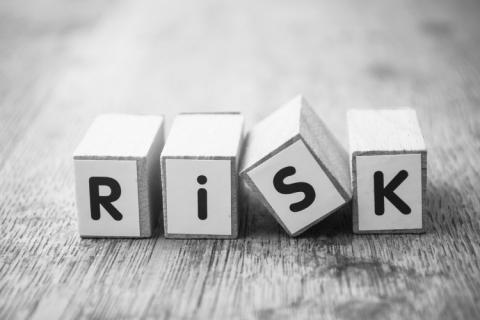Business Continuity Checklist for Planning and Implementation
Having a comprehensive business continuity plan (BCP) in place will help ensure that your business doesn’t suffer any downtime in the event of a disaster, which may include natural disasters, such as floods, fire, weather-related events, and cyberattacks. If you’re not prepared, these disasters can have catastrophic consequences on your business, including loss of productivity, loss of revenue, as well as damage to your reputation and your relationships with your customers.



